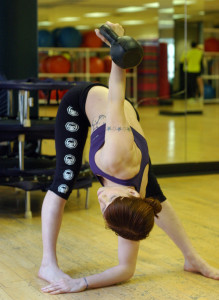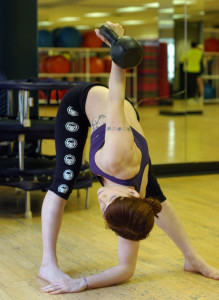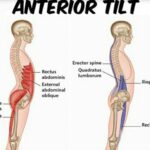Whether you’re a runner, cyclist, swimmer, CrossFit aficionado, weight lifter, weekend warrior, or just consider yourself the athletic type, we All have areas of tightness. Workouts that emphasize running, lifting, repetitive and swinging movements leave the telltale signs of tight hamstrings, quads, hips and shoulders. Over time these tight areas can cause imbalances. A great way to fight and correct those areas of imbalance and tightness is with yoga. Yoga isn’t just about chanting, breathing and stretching; it can be the missing part of your workout to improve overall flexibility and performance. It gives you the power to better understand your body. You learn where you’re strong or weak, tight or flexible. By knowing this and creating more balance throughout your body, you can raise your game.
Why you should try it
Typical athletic training includes a lot of strain on the joints and the surrounding muscles where the muscles are constantly being shortened and not lengthened. Also with repetitive use, over time the main muscles being used get stronger and tighter and the opposing muscles become weaker. An example of this can be seen with quad dominance with some runners. Typically having stronger quads, their hamstrings are weaker, which can create an imbalance. If you’re off balance, every step you take forces the muscles to work harder in compensation. The body tries to compensate by working around the imbalance, which in return creates….yes, more imbalance. This can put you at a higher risk for an injury. Another example, if the ankles are weak or the hips are not aligned, that can put strain on the anterior ligaments in the knees and cause low back pain.
Studies have shown that yoga alleviates stress, aids weight loss, eases pain, helps people stick to an exercise routine, and improve. The strength and flexibility developed on the mat, especially in your core, quads, hamstrings, and hips; can help you perform more efficiently and stay injury-free.

Benefits of adding yoga to your workout routine
-Improved balance: better coordination and balance can lead to better control over your body, your technique and form.
-Improved flexibility: Those tight hips and shoulders you keep complaining about? Yes yoga can help them, imagine…better range of motion and reducing the tightness and restrictions you feel.
-Improved strength: it can help strengthen those weaker, underdeveloped muscles and lengthen out the more utilized ones, creating a more balanced body.
-Mental control: Yoga can be humbling to even the seasoned athlete, it takes time and patience to listen to your body, learn its strengths and weaknesses and accept that yoga is a practice, not a competition. Holding challenging poses builds tenacity. Yoga poses give more than just strength, they can help build mental endurance. This can benefit you on those long runs, rides, swims, tough competitions and everyday life.
Your yoga practice should have a complimentary relationship with your training: When you’re increasing mileage and having hard workouts, stick with relaxing sessions. When your training eases up, you can increase the intensity and frequency of your yoga workouts. If you take on a rigorous practice in the middle of a hard training time, you’ll interfere with your body’s recovery and risk hurting yourself, by overburdening your muscles and possibly causing hypermobility.
How to find a class right for you
There are many different styles of yoga to compliment the type of practice you are looking for. From Yin, hatha and lyengar which are more relaxing, to power, vinyasa, bikram and baptiste, which are more active, and others in between. This may seem overwhelming, but with a little research and you can find the one (or ones) most beneficial to you. Not sure which class is for you? Ask the instructors, every yoga instructor I have ever met has been kind and willing to answer questions about anything from class types, specific poses, to working with an injury. Maybe you’re intimidated by other people in class? Convince a friend or workout buddy to go with you, try a DVD or online video to try it out. Not enough time? There are shortened 20-30 min sessions online and OnDemand, that even have focus areas that you can choose from. There are plenty of studios in the area that have workshops that are specifically for athletes. Also if you are new to the practice or it’s been a while, try a beginners class, they cover the fundamentals and proper alignments for the poses and are so helpful.
As with all training, you don’t want to overdo it and you need to listen to your body. With some many benefits, yoga can be a great addition in an athlete’s life to enhance and improve your training and create a more balanced body and mind.
This article/video is for educational purposes only; do not attempt without your physician’s clearance. If you are in pain or injured, see your physician.
Copyright © Vidal Sports LLC 2018







